Your Cart is Empty
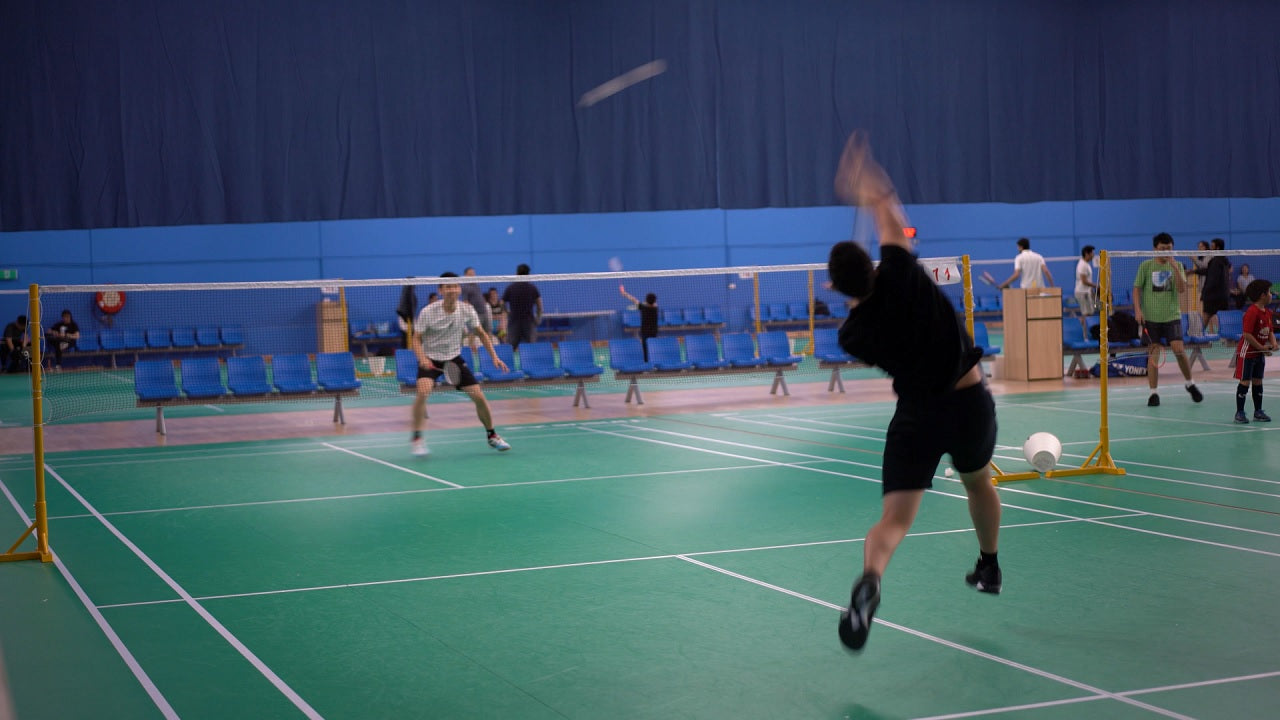
December 18, 2019 3 min read
Drop shots are an incredibly effective way to get the upper hand on an opponent when played correctly, however there are so many aspects of the drop shot that need to be considered so that you can take advantage of it. Let me take you through some of the things you should be thinking about to play the best drop shot in any situation.
First things first, let’s spend a little time talking about the physics of the drop shot itself. It’s simple yet a lot of people fall victim to sub-optimal drop shots, including myself. Where do you think you should contact the shuttle to play the most effective drop shot?
I hope you said at its peak. Let’s think about that for a moment. Why would we want to contact the shuttle at the peak? Well, the higher you take the shuttle, the steeper you can play the shot, the steeper you can play the shot, the harder it becomes for your opponent. This may not always be possible depending on how high the shuttle is. If the peak is beyond your reach, then the answer would be at your full-stretch as that is the highest point that you can contact the shuttle.

At its peak, you also have more options on the speed that it travels back to the other side; this becomes harder as the shuttlecock falls. To get a better understanding of this, let’s take a more dramatic example of trying to play a drop shot just above head height. For some people (if you’re still growing!), rather than hitting the shuttle down, they might even have to hit it upwards at that height! The shuttlecock trajectory would look more like a parabola (upside down U) compared to hitting it at your full-stretch.
Now you know to hit the shuttlecock at its peak but what type of drop shot should you or can you play?
Well there’s really two main things to consider when choosing what type of drop shot to play.
The first thing to consider is where you intend to play the drop shot. While being able to play the drop shot at its peak is crucial to your shot options, playing the steepest drop shot may not necessarily be the best shot to play. When you attempt to play a drop shot as close to the net as possible, you may have to compromise speed and vice versa. To determine where you intend to play your drop shot consider these three questions:
While you may not get enough time to think about these questions, certainly consider one if not all of them if you can as it will help you make a great drop shot decision.
Once you have decided where you want to play the drop shot, then you’ll need to decide on the type of drop shot to play. Again, there are pros and cons to the various drop shots that you can choose to play and it’s also important to consider which shots in your repertoire that are more effective and/or whether you are confident in playing the shot too.
You have three key choices:
It’s not always easy to decide between the three and certain players will have their own preferences too. For example, I find playing the reverse slice drop shot on my forehand side my most effective and consistent shot. This is partly because I have a slightly unorthodox way of playing this shot due to my tennis background (I have a much large swing than most people playing this shot) and know that a lot of the players I play get confused by this!
what’s your preferred shot and what’s your most effective shot? Are they the same? Do you know?
If you don’t, then it’s time to hit the courts and find out!
Did this help? Do you agree or disagree?
Henry is an ex-state badminton player who represented South Australia as well as Melbourne University. He remains an avid badminton player in the social scenes of Melbourne. His passion for all things badminton lead him to be a co-founder of Volant Wear.
Comments will be approved before showing up.
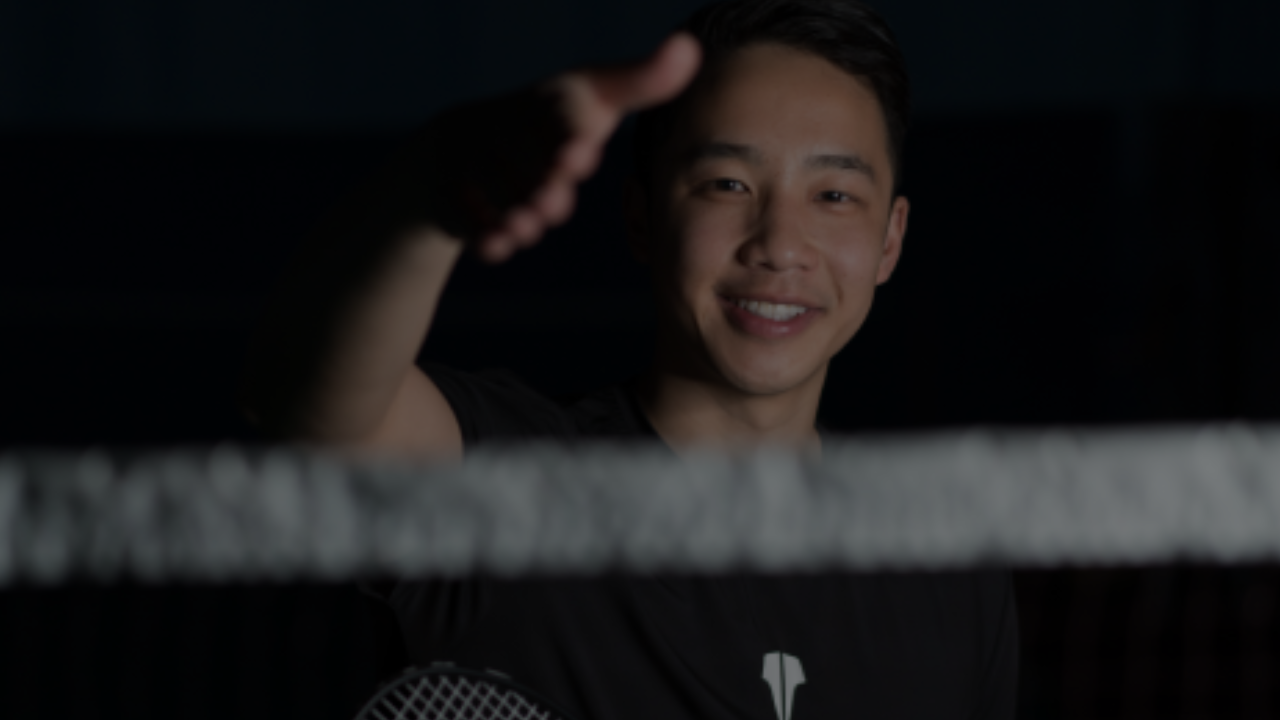
August 20, 2025 2 min read
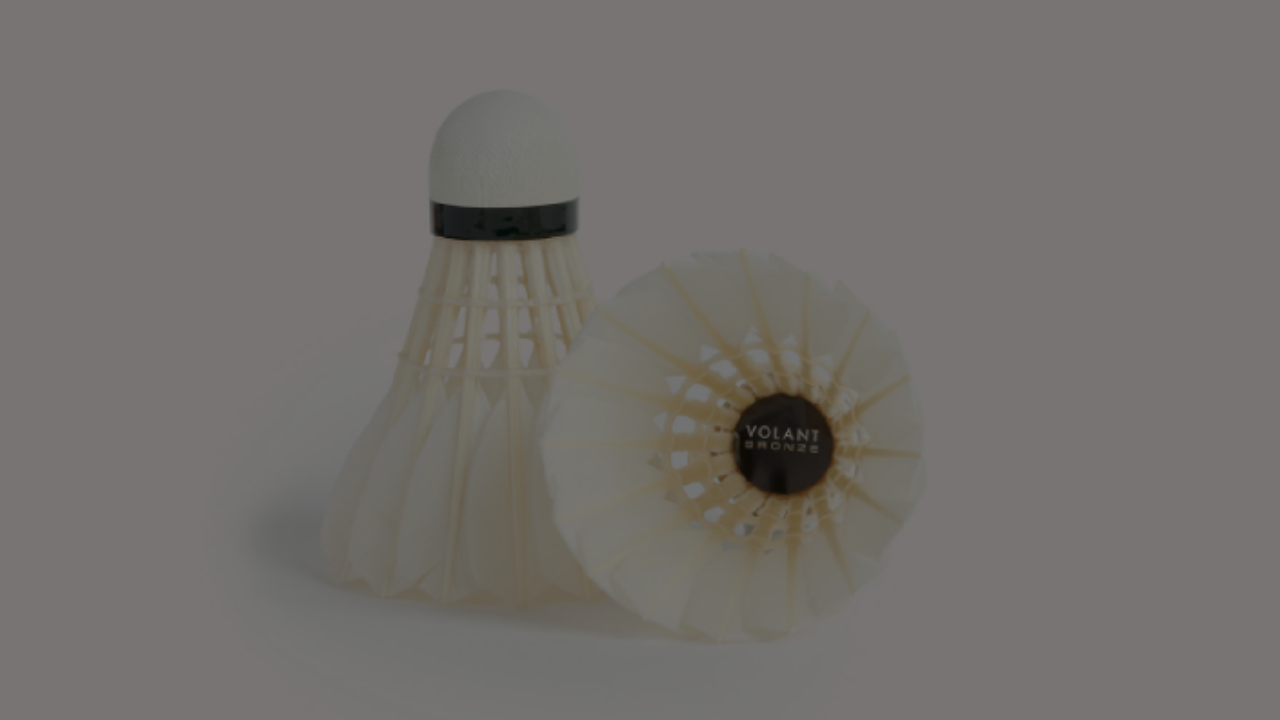
July 17, 2025 2 min read
Shuttlecocks aren’t cheap, and replacing them constantly stings the wallet. With a little care, though, you can stretch their lifespan and keep your game flying high. Whether you’re using feather or nylon, here’s how to make them last—plus why Volant Badminton’s options are worth your shot.
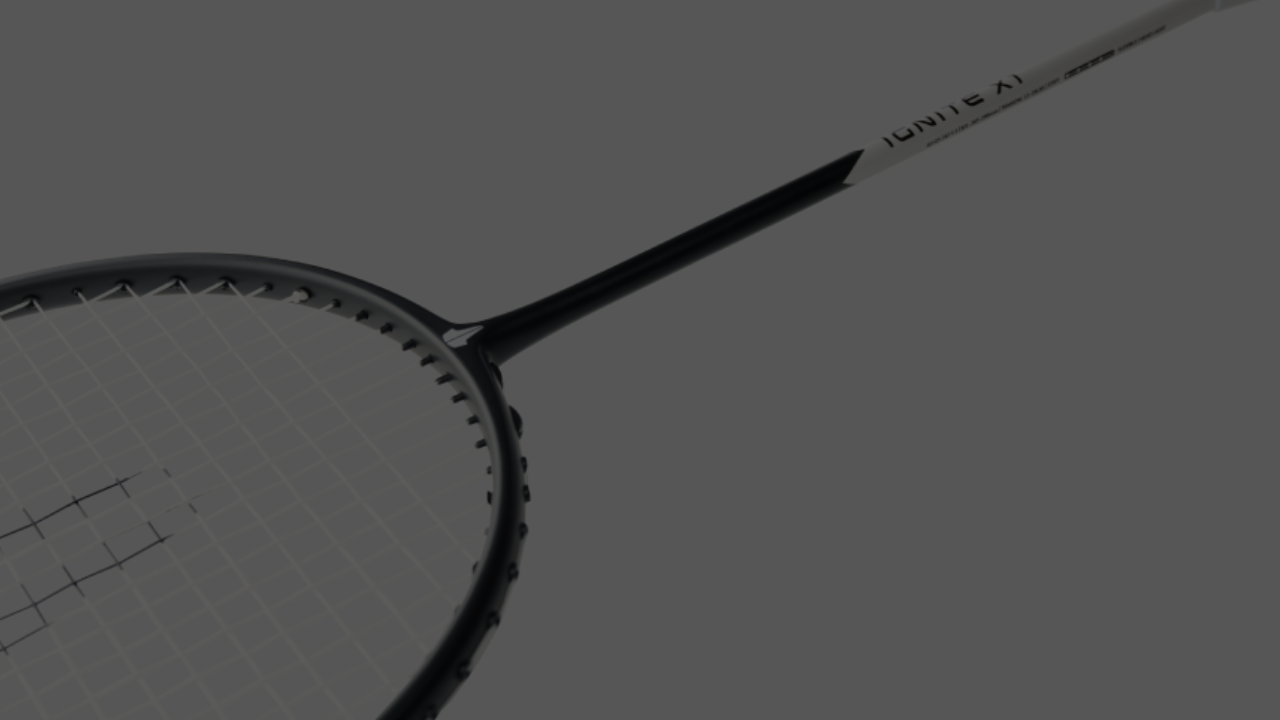
June 25, 2025 2 min read
Strings wear out—it’s a fact of badminton life. Slack, frayed, or snapped strings kill your shots, so knowing when to restring keeps you sharp. How often depends on your play, and here’s how to figure it out—plus why Volant Badminton’s gear makes it easy.
Be the first to know when a new blog post comes out!
Curated articles, tips and advice, tailored to the sport of badminton.
Sign up and enjoy 10% off your first order.
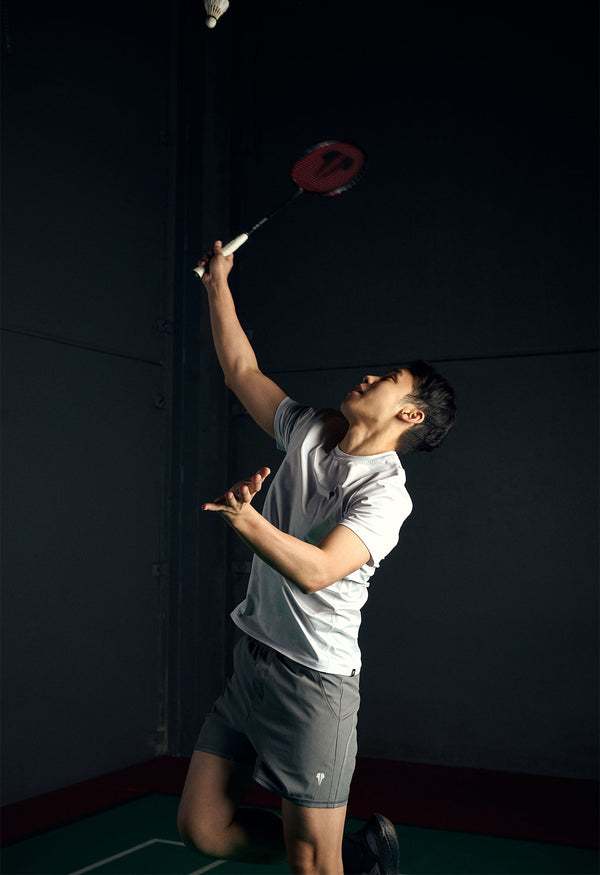
Join the Volant Community and improve your game!
*Discount code excludes shuttlecocks